Features
The Cisco Firepower 1100 security appliances are a standalone modular security services platform. They are capable of running multiple security services simultaneously and so are targeted at the data center as a multiservice platform. See Product ID Numbers for a list of the product IDs (PIDs) associated with the Firepower 1100.
The Firepower 1000 supports Cisco Firepower Threat Defense and Cisco ASA software. See the Cisco Firepower Compatibility Guide and the Cisco ASA Compatibility guide, which provide Cisco software and hardware compatibility, including operating system and hosting environment requirements, for each supported version.
The following figure shows the Cisco Firepower 1100 chassis.

The following table lists the features for the Firepower 1100
|
Feature |
1120 |
1140 |
1150 |
||
|---|---|---|---|---|---|
| Security standards certifications |
See the "Security Certifications Compliance" topic in the "Appliance Platform Settings" chapter in the Firepower Management Center Configuration Guide, Version 6.7 for the instructions on how to enable security certifications compliance. |
||||
|
Form factor |
1 RU |
||||
|
Mounting |
Rack mount 4-post Electronic Industries Association (EIA)-310-D rack |
||||
|
Airflow |
I/O side to non-I/O side Rear panel to front panel (cold aisle to hot aisle) |
||||
|
Processor |
One 12-core Intel CPU |
One 16-core Intel CPU |
|||
|
Memory |
16-GB DDR4 DRAM |
32-GB DDR4 DRAM |
|||
|
Management port |
One Gigabit Ethernet RJ-45 10/100/1000 BaseT Restricted to network management access only |
||||
|
Console ports |
One RJ-45 or one USB Mini B Provides management access through an external system |
||||
|
USB port |
One USB 3.0 Type A Allows attachment of an external device such as mass storage |
||||
|
Network ports |
Eight Gigabit Ethernet RJ-45 10/100/1000 BaseT Each RJ-45 (8P8C) copper port supports auto Medium Dependent Interface Crossover (MDI/X) as well as auto-negotiation for interface speed, duplex, and other negotiated parameters, and are MDI/X-compliant. Port numbering is left to right, top to bottom; ports are named Gigabit Ethernet 1/1 through 1/8. Each port includes a pair of LEDs, one each for connection status and link status. |
||||
|
Small form-factor pluggable (SFP) ports |
Four fixed 1-Gb SFP ports |
Four fixed 1-Gb SFP ports
|
|||
|
Supported SFPs |
The SPFs are hot-swappable. |
|
|||
|
Power switch |
Yes On rear panel; standard rocker-type power on/off switch
|
||||
|
Reset button |
A small recessed button that if pressed for longer than three seconds resets the chassis to its default state following the next reboot. Configuration variables are reset to factory default. However, the flash is not erased, and no files are removed. |
||||
|
AC power supply |
One fixed AC power supply The power supply is internal; there is no user access. The power supply is not field-replaceable; you must return the chassis to Cisco for power supply replacement. |
||||
|
Redundant power |
No |
||||
|
Fan |
One fixed fan The fan is internal; there is no user access. The fan is not field-replaceable; you must return the chassis to Cisco for fan replacement. |
||||
|
Storage |
One SSD slot 200-GB 2.5-in. SATA SSD drive The drive is field-replaceable. See Replace the SSD for more information. |
||||
- Console Ports
- The Firepower 1100 has two external console ports, a standard RJ-45 port and a USB Mini B serial
port. Only one console port can be active at a time. When a cable is plugged
into the USB console port, the RJ-45 port becomes inactive. Conversely, when
the USB cable is removed from the USB port, the RJ-45 port becomes active.
The console ports do not have any hardware flow control. You can use the CLI
to configure the chassis through either serial console port by using a
terminal server or a terminal emulation program on a computer.
-
RJ-45 (8P8C) port—Supports RS-232 signaling to an internal UART controller. The RJ-45 console port does not support a remote dial-in modem. You can use a standard management cable (Cisco part number 72-3383-01) to convert the RJ45-to-DB9 connection if necessary.
-
USB Mini B port—Lets you connect to a USB port on an external computer. For Linux and Macintosh systems, no special driver is required. For Windows systems, you must download and install a USB driver (available on software.cisco.com). You can plug and unplug the USB cable from the console port without affecting Windows HyperTerminal operations. We recommend shielded USB cables with properly terminated shields. Baud rates for the USB console port are 1200, 2400, 4800, 9600, 19200, 38400, 57600, and 115200 bps.

Note
For Windows operating systems, you must install a Cisco Windows USB Console Driver on any PC connected to the console port before using the USB console port. See Connect to the Console Port with Microsoft Windows for information on installing the driver.
-
- External Flash Storage
- The chassis contains a standard USB Type A port that you can use to attach an external device. The USB port can provide output
power of 5 volts, up to a maximum of 1 A (5 USB power units).
-
External USB drive (optional)—You can use the external USB Type A port to attach a data-storage device. The external USB drive identifier is disk1. When the chassis is powered on, a connected USB drive is mounted as disk1 and is available for you to use. Additionally, the file-system commands that are available to disk0 are also available to disk1, including copy, format, delete, mkdir, pwd, cd, and so on.
-
FAT-32 File System—The Firepower 1100 only supports FAT-32-formatted file systems for the external USB drive. If you insert an external USB drive that is not in FAT-32 format, the system mounting process fails, and you receive an error message. You can enter the command format disk1: to format the partition to FAT-32 and mount the partition to disk1 again; however, data might be lost.
-
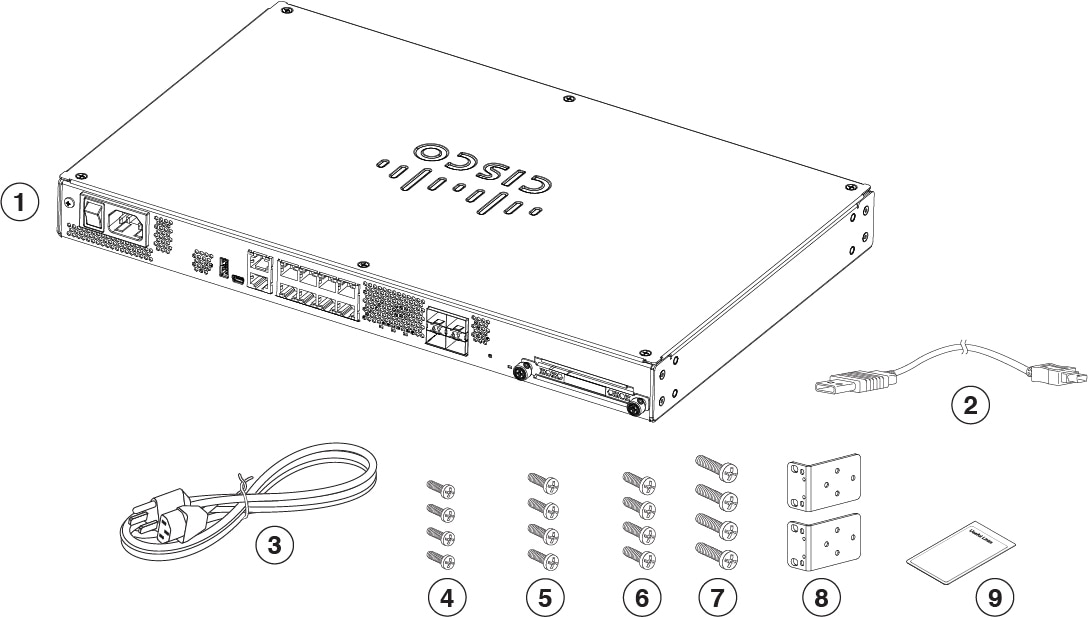






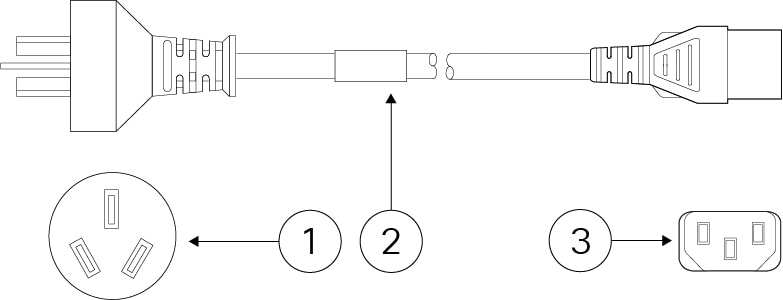

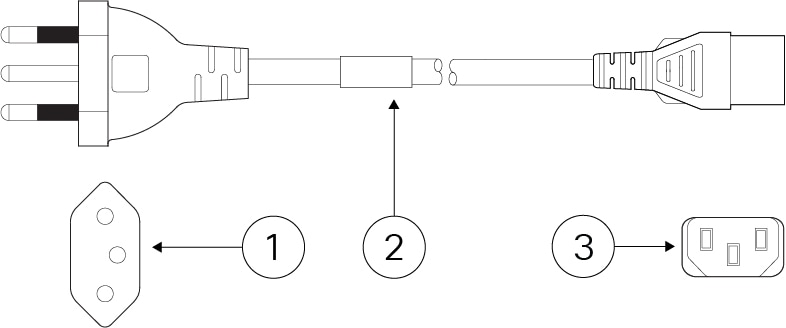
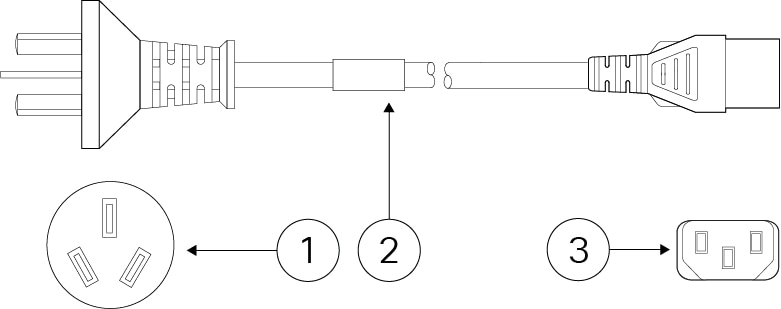
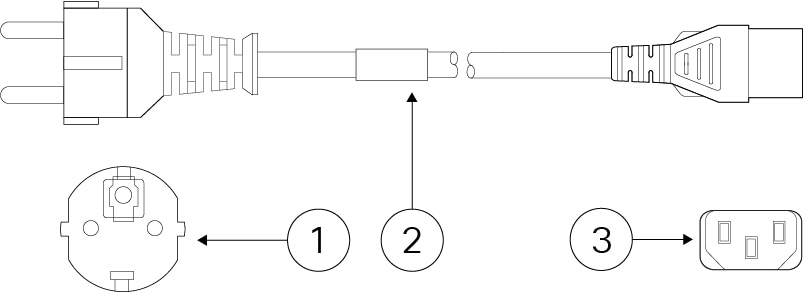

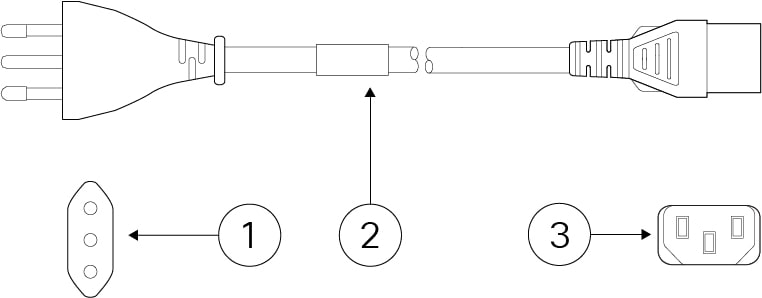



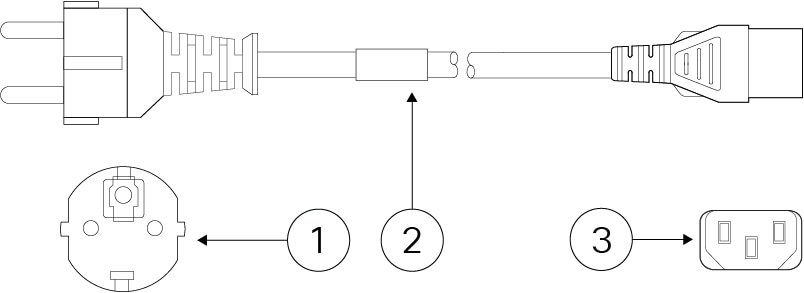


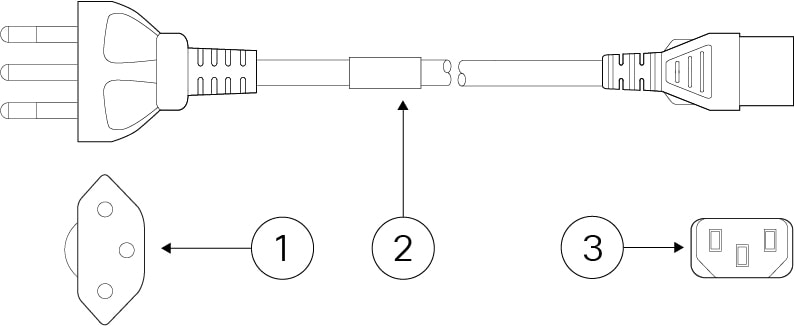
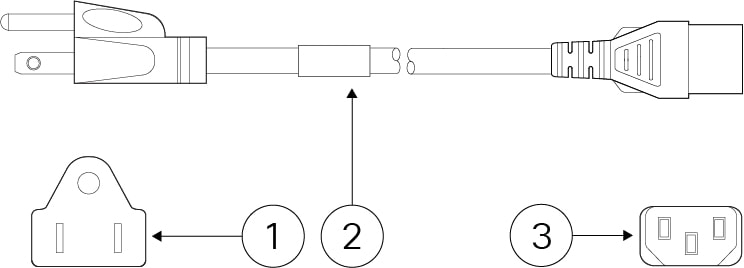
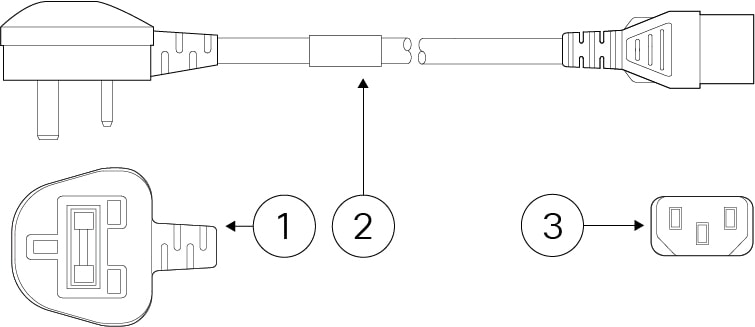
 Feedback
Feedback